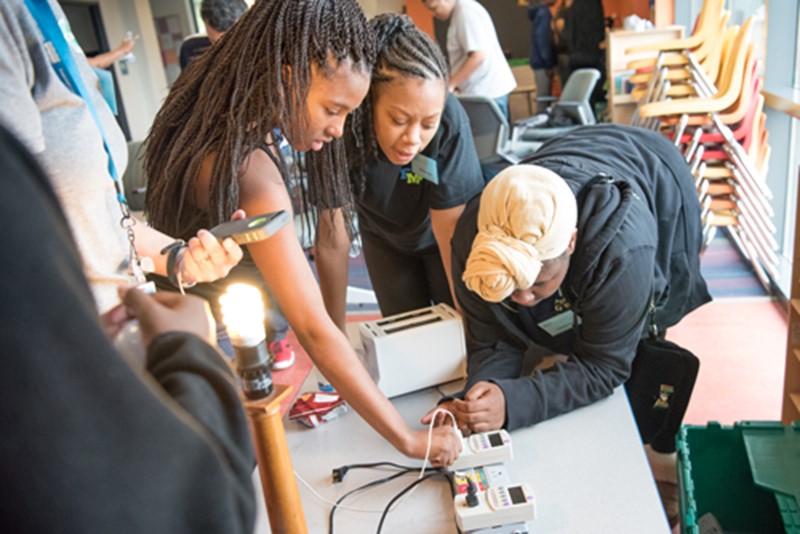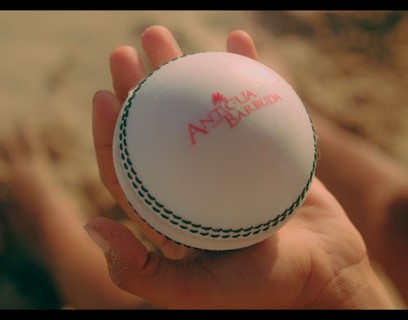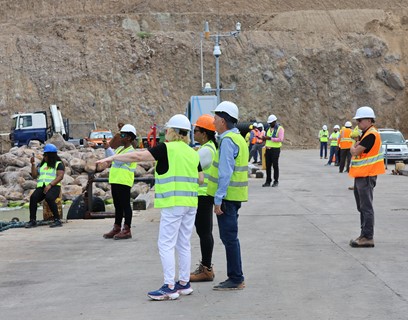
College and career readiness programs can break the cycle of poverty by linking youth to college and jobs that give them a purpose and a pathway. According to Opportunity Nation, young adults not in school or working cost U.S. taxpayers $93 billion annually in lost revenues and increased social services. How do we reach these students and present them with meaningful opportunities while they are still in school?
OPDC’s School to Career (S2C) youth program prepares at-risk youth for college and future career success. The program offers high school students academic support such as free tutoring for examinations, paid internship opportunities with companies in the city of Pittsburgh, and assistance in the college application process. According to Program Director Karla Stallworth, 100% of their students graduate from high school, earn acceptance to college, and are eligible for the Pittsburgh Promise, which funds scholarships for youth.
Karla began her career in youth development in 2001 as the Youth Director with the former Breachmenders Ministries. She is currently the Program Director for Oakland Planning and Development Corporation’s School to Career (S2C) and Future Makers middle and high school programs. During her tenure, over 600 students have participated in the S2C and Future Makers programs, where they have had hands-on job training, computer courses, and mentored work experiences. S2C provides youth a path out of poverty; teenagers from Pittsburgh’s urban core, primarily from at-risk minority populations, graduate from high school prepared to pursue a career and post-secondary education.
The Global Search for Education invited Karla Stallworth to learn more about the program.
“Many traditional schools provide a solid academic foundation, but they leave many students without any sense of the “soft skills” that are proved to be so important as they leave school and enter the workforce.” – Karla Stallworth
Karla, we are interested to learn how you work with your students and how they participate in helping you develop your program.
We incorporate student feedback for continual improvement. Staff frequently involve CEOs, or Career Exploration Officers, in adjustments to practice, whether we are investigating new programming, choosing local professionals to give a career exploration presentation, or planning field trips and events. In addition, we invite students to apply for the role of Student Ambassador once they have completed one full program year. S2C Ambassadors recruit prospective students, mentor new CEOs, and represent the program at various events throughout the year.
How many students are involved in the program now and what are your plans to expand it?
School to Career currently serves 29 high school students, and we continue to expand both our outreach and our program offerings. We are a Pittsburgh Public School partner organization, and we have accepted an invitation from Milliones University Preparatory Academy to be a Community Schools partner as well. In addition to the continued cultivation of community and school relationships, we have increased our already comprehensive list of offerings with the addition of a Drone Technology course. With the help of one of our local partners, our students will be able to learn the mechanical and technical prowess to operate drones and will have the opportunity to earn their FAA Drone Pilot certifications. S2C integrates the latest information on career trends into our programming, ensuring that CEOs receive the latest in career preparation and development.
“S2C’s character development, alongside academic support provided by staff and volunteers, leaves students uniquely prepared to tackle the multifarious challenges that await them in the professional world.” – Karla Stallworth
What do you think makes your program unique as a learning initiative?
S2C makes its greatest impact through its commitment to real-world education and mentorship. Many traditional schools provide a solid academic foundation, but they leave many students without any sense of the “soft skills” that are proven to be so important as they leave school and enter the workforce. We can support students through S2C’s Self-Regulated Executive Functions curriculum, or SREF; staff support students in developing techniques in areas such as organization, time management, and emotional regulation. S2C’s character development, alongside academic support provided by staff and volunteers, leaves students uniquely prepared to tackle the multifarious challenges that await them in the professional world.
You’ve created a Future Makers career exploration program for younger students. Can you please tell us more about this?
We created the Future Makers career exploration program, which is open to students in the seventh and eighth grades as well as high school students. Future Makers allows students who are too young for S2C to participate in hands-on enrichment activities during the first two Saturdays of each month throughout the school year, and we hope that it will act as a feeder program for School to Career as students grow older.


